
Name: Black Stag Lumber Co. RR Layout owner: Allen Hare Scale: HO (1:87.1) Size: 20 x 22 feet Prototype: Mann’s Creek Ry. Locale: West Virginia Era: 1930s Style: walk-in Mainline run: 140 feet Minimum radius: 18″ Minimum turnout: no. 4 Maximum grade: 5 percent Originally appeared in the May 2010 issue of Model Railroader. Click […]
Read More…
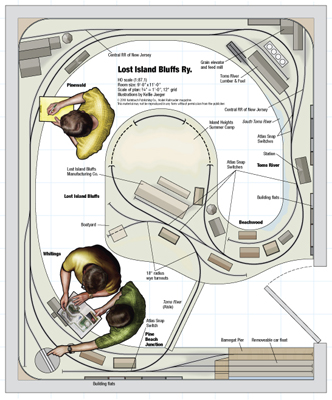
Name: Lost Island Bluffs Ry. Layout designer: Robert P. Foster Scale: HO (1:87.1) Size: 9 x 11 feet Prototype: freelanced, inspired by the Philadelphia & Long Branch RR and the Island Heights Branch of the Pennsylvania RR Locale: Barnegat Bay shorelinein central New Jersey Era: 1884 to 1934 Style: walkaround Mainline run: 50 feet Minimum […]
Read More…
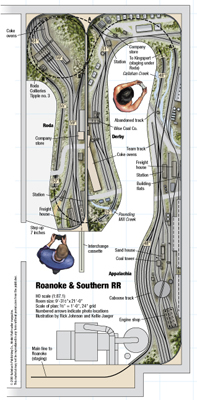
Name: Roanoke & Southern Layout owner: Jeff Kraker Scale: HO (1:87.1) Size: 9′-31/2″ x 22′-6″ Theme: freelanced Eastern coal hauler Locale: southwest Virginia Era: 1953-1960 Style: walk-in Mainline run: 78 feet Minimum radius: 22″ Minimum turnout: no. 5 Maximum grade: 4 percent Originally appeared in the May 2010 issue of Model Railroader. Click on the […]
Read More…
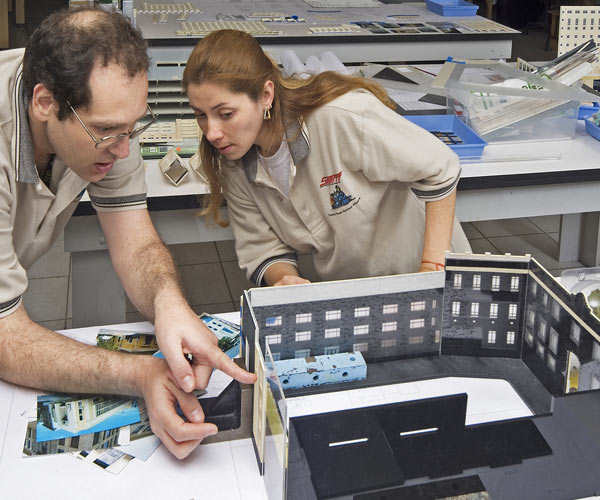
Having a professional builder design and construct a toy train or scale model railroad may not be for everyone. But for those who want to take full advantage of 21st-century technology this may be the way to go. CTT Visits a layout factory […]
Read More…
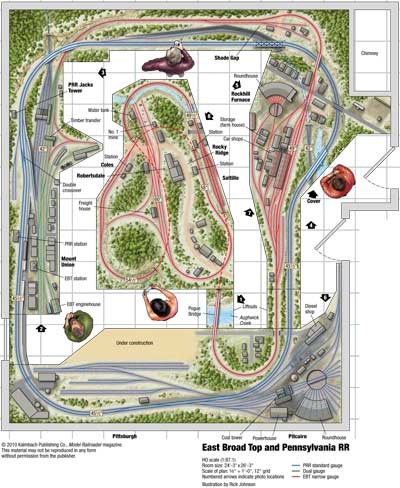
Name: East Broad Top and Pennsylvania RR Layout owner: Don Shook Scale: HO (1:87.1) and HOn3 (1:87.1, three foot gauge) Size: 24′-3″ x 26′-3″ Prototype: EBT and PRR Locale: central Pennsylvania Era: Summer 1955 Style: walk-in Mainline run: 120 feet (EBT), 96 feet (PRR) Minimum radius: 24″ (EBT), 52″ (PRR) Minimum turnout: no. 6 Maximum […]
Read More…
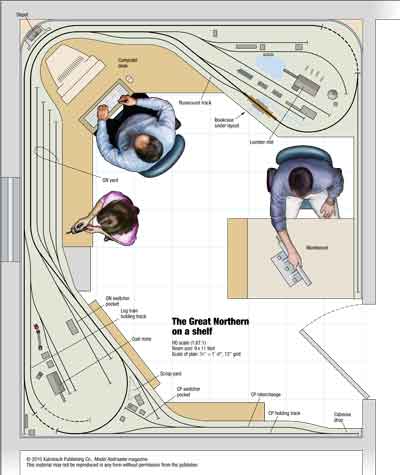
Name: Great Northern Layout owner: Jim Shaw Scale: HO (1:87.1) Size: 9 x 11 feet Prototype: freelanced, based on Great Northern and Canadian Pacific Locale: Pacific Northwest Era: Early diesel era Style: around-the-walls Minimum radius: 15″ Minimum turnout: no. 4 Maximum grade: none Originally appeared in the April 2010 issue of Model Railroader. Click on […]
Read More…
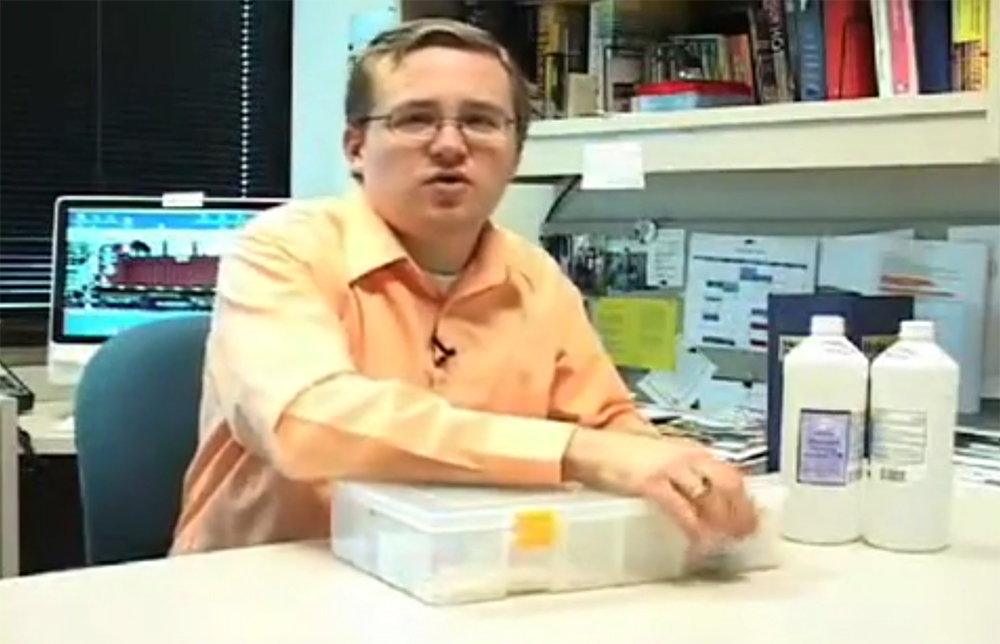
Having trouble viewing this video? Please visit our Video FAQ page Model Railroader associate editor Cody Grivno shows how to keep your paint supplies and isopropyl alcohol organized. […]
Read More…
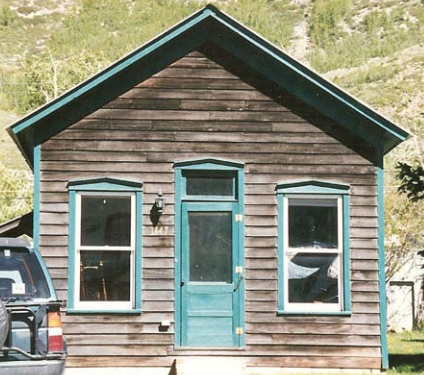
Once you have decided on a building to model, a plan of it on paper will be a great help. If the building you are contemplating is small enough, a full-size drawing is a good idea. This will allow you to see the actual size of the structure in advance. This article will be usedful […]
Read More…
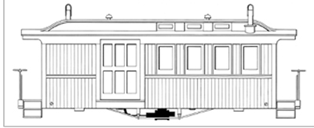
Download the PDF of this project here. This PDF is formatted to print on your home printer. Most pieces are formatted to fit on a 8.5″ x 11″ piece of paper. For larger parts of the plan, you will see “break lines.” Line up the break lines to create the larger piece. Despite our best […]
Read More…
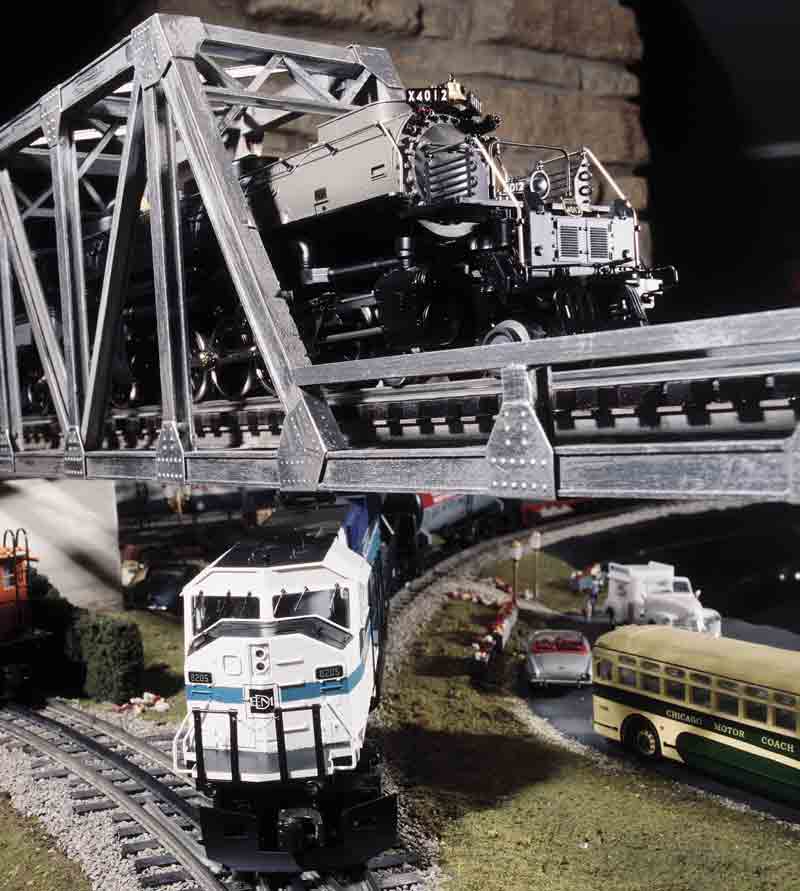
Bob Porges has a rudimentary case of nostalgia backwards. Bob’s layout isn’t a reflection of the toy trains of his childhood – rather, it is a reflection of his life. In virtually every corner of his O gauge layout, you’ll find vignettes of Bob’s childhood, his family, his career, and even his financial portfolio, all […]
Read More…

What’s that? This is the summer when you visit every NASCAR track and Elvis memorial in Dixie? Forget it. Your passports are ready so you can take the kids to Six Flags over Cambodia? Put ’em away. There’s a family reunion in Wisconsin and you promised to bring the cheese curds and bratwurst? Let the […]
Read More…
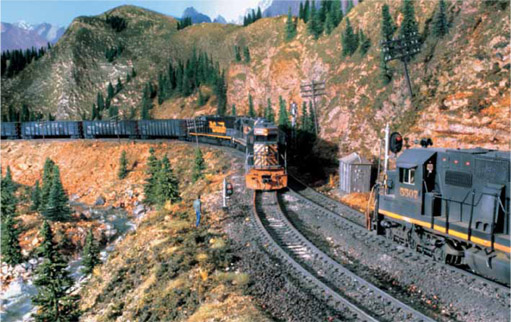
See these two articles on Doug Tagsold’s Denver, Front Range & Western. Doug Tagsold’s Denver, Front Range & Western Railfanning in Colorado […]
Read More…












